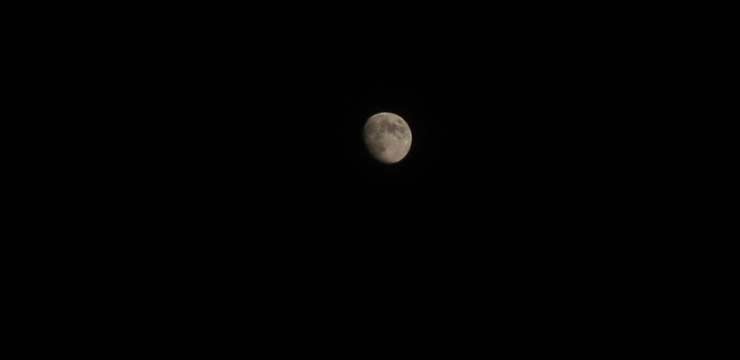
International Observe the Moon Night 2011 at Seagrave Observatory
by Dave Huestis
It was an absolutely gorgeous fall afternoon that felt more like summer. The temperature made it to about 80 degrees. The forecast for the evening was for clear skies and temps in the mid 60’s. It was going to be a great night to observe from Seagrave Memorial Observatory.
This evening was also the date for the second annual InOMN (International Observe the Moon Night). Locally the event seemed to draw little attention. I did not see any news media mention of it at all. Due to Skyscrapers total involvement with AstroAssembly there was no time nor volunteers available to put together a cohesive program. Besides, it was during one of our regular public open nights, so we were going to observe the Moon anyway.
We are currently back to our 7-9pm schedule, and guests did start showing up prior to our open time. I had arrived early to get the Clark ready for viewers. The very bright 12-day old Moon was well placed for observing. Though various details can be discerned at this phase, it not the best phase to observe crater and mountain details that a lower sun angle can provide. Still, our guests were amazed at the view the Clark provided.
As usual throughout the night I provided details about the history of Frank Seagrave, the 8-inch Clark refractor, and Skyscrapers. People asked some great questions and engaged several of us in astronomical discussions about one topic or another.
Meanwhile, Conrad Cardano opened up the 12-inch Meade, so after viewing through the Clark the first group of visitors made their way out back. A new group replaced the first, and this cycle repeated several times.
I also acquired Albireo and the Ring Nebula for one of the later groups to observe. This continued until around 9:15 pm.
At that time Jupiter cleared the eastern tree-line and our guests were treated to a decent view of this mighty planet and his four Galilean Moons. The equatorial belts and zones were clearly visible, even though the planet was still quite low and shimmering somewhat due to atmospheric turbulence. I kept the magnification at 107x (25mm) due to the turbulence, which also allowed Io, Eurpoa, Ganymede and Callisto to be seen across the field of view. The image was quite acceptable.
We closed down around 9:40 pm. I estimate we entertained about 25 visitors. I don’t believe anyone at Seagrave saw any hint of Draconid meteor activity. At least I did not hear anyone ohhhh or ahhh …..
Steve Siok accompanied me in the dome, with John Leonelli and Jim Brenek assisting, dividing their time between the Clark and Meade. Pat Landers also provided support.



